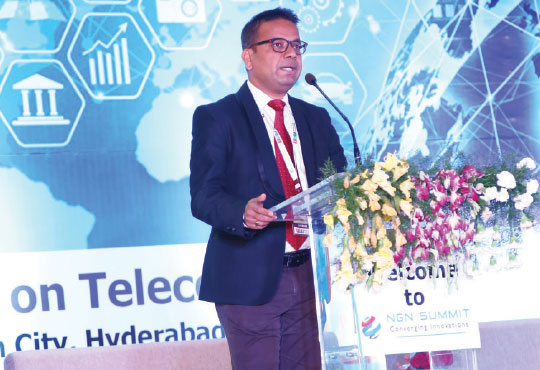 Over the past year, the Internet of Things (IoT) has become a buzzword in business, technology and B2B / B2C commerce and IoT is leading the ‘Change in Industry’.
Over the past year, the Internet of Things (IoT) has become a buzzword in business, technology and B2B / B2C commerce and IoT is leading the ‘Change in Industry’.
Enterprises across many industries, particularly in consumer packaged goods, manufacturing, retail, the services and utilities industries have already begun adopting “smart” technologies to improve business processes, customer service, and operational readiness. By 2019, Business Insider estimates that IoT will add $1.7 trillion in value to the global economy, with tens of billions of commercial, enterprise and governmental devices connecting to the internet and transmitting data.
The IoT has already caught on in everyday use. Many people outside of the business and technology worlds generally know what it is and how it can improve their lives. For example, home appliances and security systems can also be controlled through mobile applications and many utility companies can now measure meters remotely rather than dispatch technicians to manually collect the data. Smart refrigerators, smart watches and smart / connected cars - the IoT makes all these possible. It has offered consumers a whole host of innovative solutions to make their living easy and comfort.
While this is just scratching the surface of how the IoT can improve personal lives, what does it mean for enterprise procurement teams? The IoT will transform the way that people, processes, and technologies drive value through the enterprise procurement process; and in some ways, this has already started in the procurement game.
The IoT will surround us, creating unprecedented levels of visibility into the consumption patterns of what we buy and how we use it, creating feedback loops and changing how we manage demand. All purchases (including money spent on people and labor) will be tracked and monitored continuously. From apps on devices that track movement and access to tagging equipment and supplies, we will create unprecedented sets of data to analyze and make better decisions. The feedback loops between different tagged assets, items, people and customer activities will further create new levels of visibility through meta-data analytics, changing the very basis of how we assign our time and effort to different activities in procurement.
Could those “unprecedented sets of data” offer buyers and procurement leaders insight into when certain items are needed? Could it give insights into employee buying behavior and preferences – whether they prefer to shop via laptop, phone or tablet? Whether they compare prices across suppliers? Whether mobile-advertised discounts change their buying behavior? The answer to all of these questions is a resounding yes.
For procurement, IoT will present an increase in spend visibility and a better understanding of supply and equipment usage. This will help the procurement team improve catalog content and spend management by knowing exactly what is being used and exactly what is needed. The ability to more accurately predict these needs will also greatly improve budget and contract management.
Taking full advantage of the procurement benefits of IoT will require the procurement department and solutions to be flexible and efficient. Even though the procurement department will be working with more analytics than ever before, the IoT should not increase the administrative and operating costs.
Business Benefits –
• Quick and optimal decision making based on market, stock and demand
• Reduced procurement lead time
• Cost reduction due to time and quantity optimization
• Faster time-to-market due to reduction in overall procurement lead time
• Optimizing the overall cost and improving the profitability
Key Features should be –
• Provides real-time data analysis (Price Vs. Stock/Demand)
• Analysis based on previous history and current market trend
• Detailed ‘What if?’ analysis based on real-time data and actions triggered for fast and optimal decision making
• News feeds and market analysis from external sources like agencies/ systems, etc.
Finally, it may be too soon to forecast how far and wide the IoT will affect procurement operations. Those that can afford to upgrade their systems and processes to accommodate the IoT, stand to automate much of their processes and gain greater bandwidth for their teams, allowing them to become more strategic in their approach. But these teams should also be ready for streams of data that will flow into their organizations. If procurement cannot harness the power of Big Data, it may not maximize the true value of the IoT. The IoT will greatly improve procurement productivity for the entire organization if the company is equipped to process the analytics gained and make them actionable to the right people.